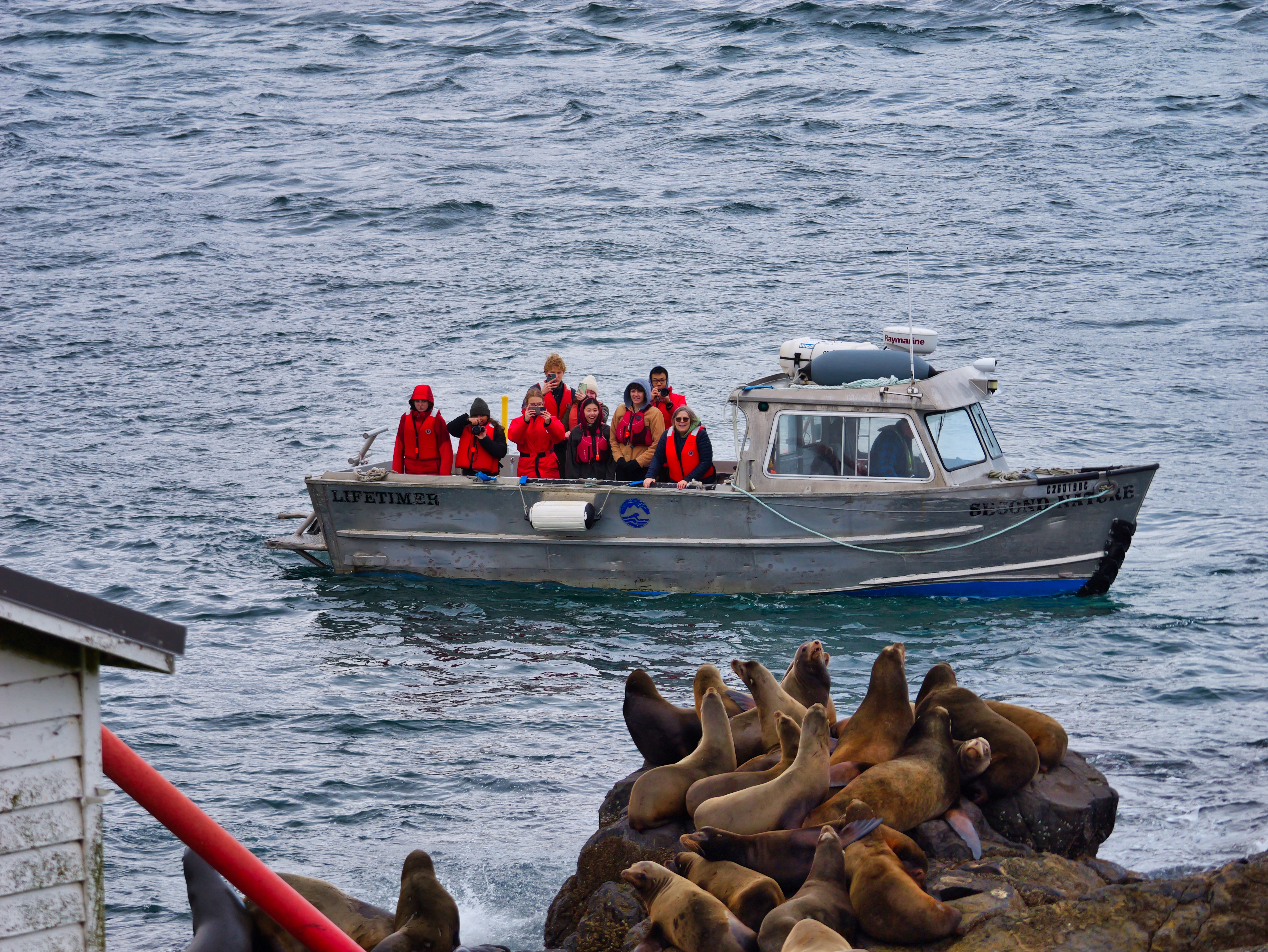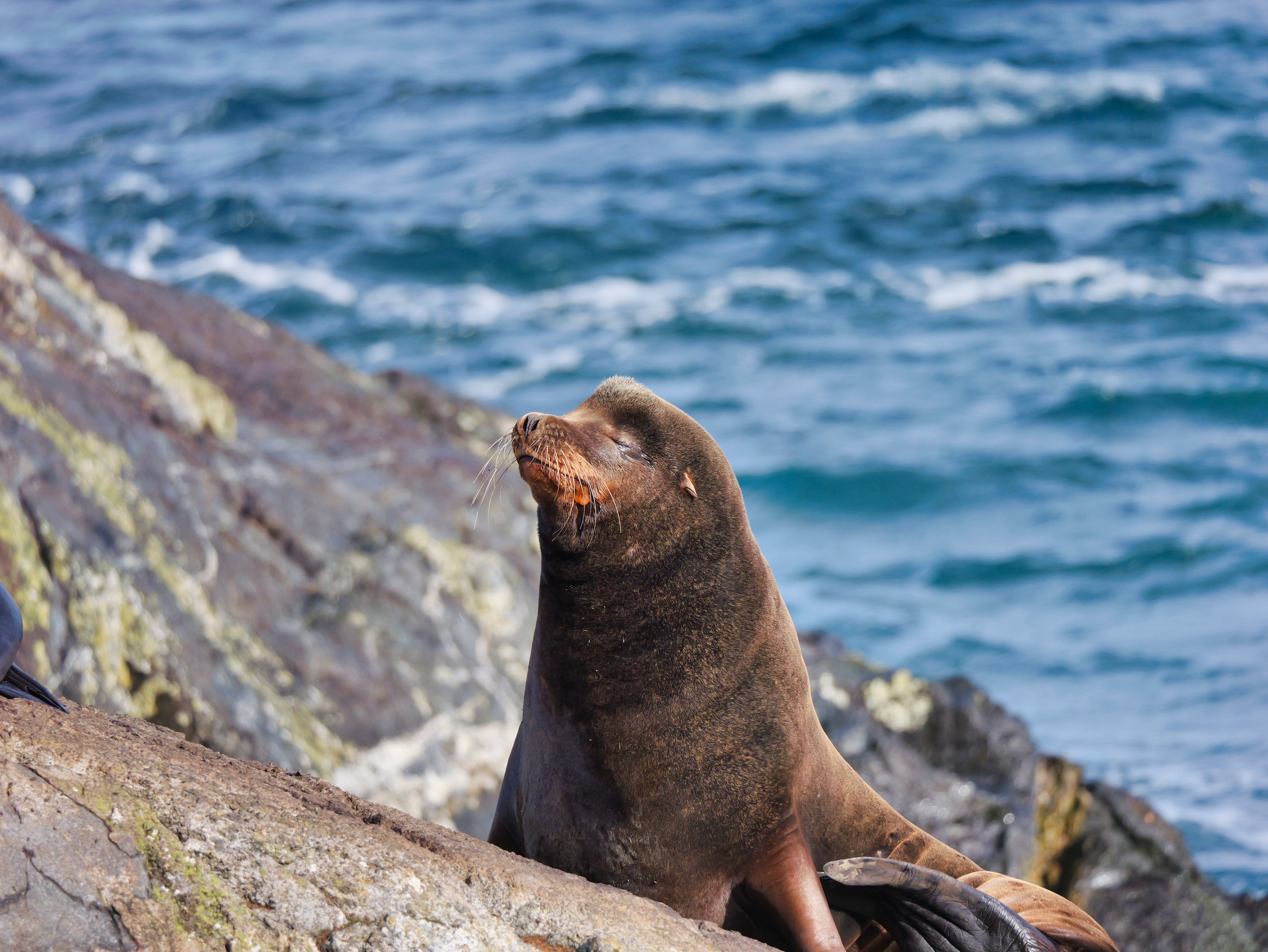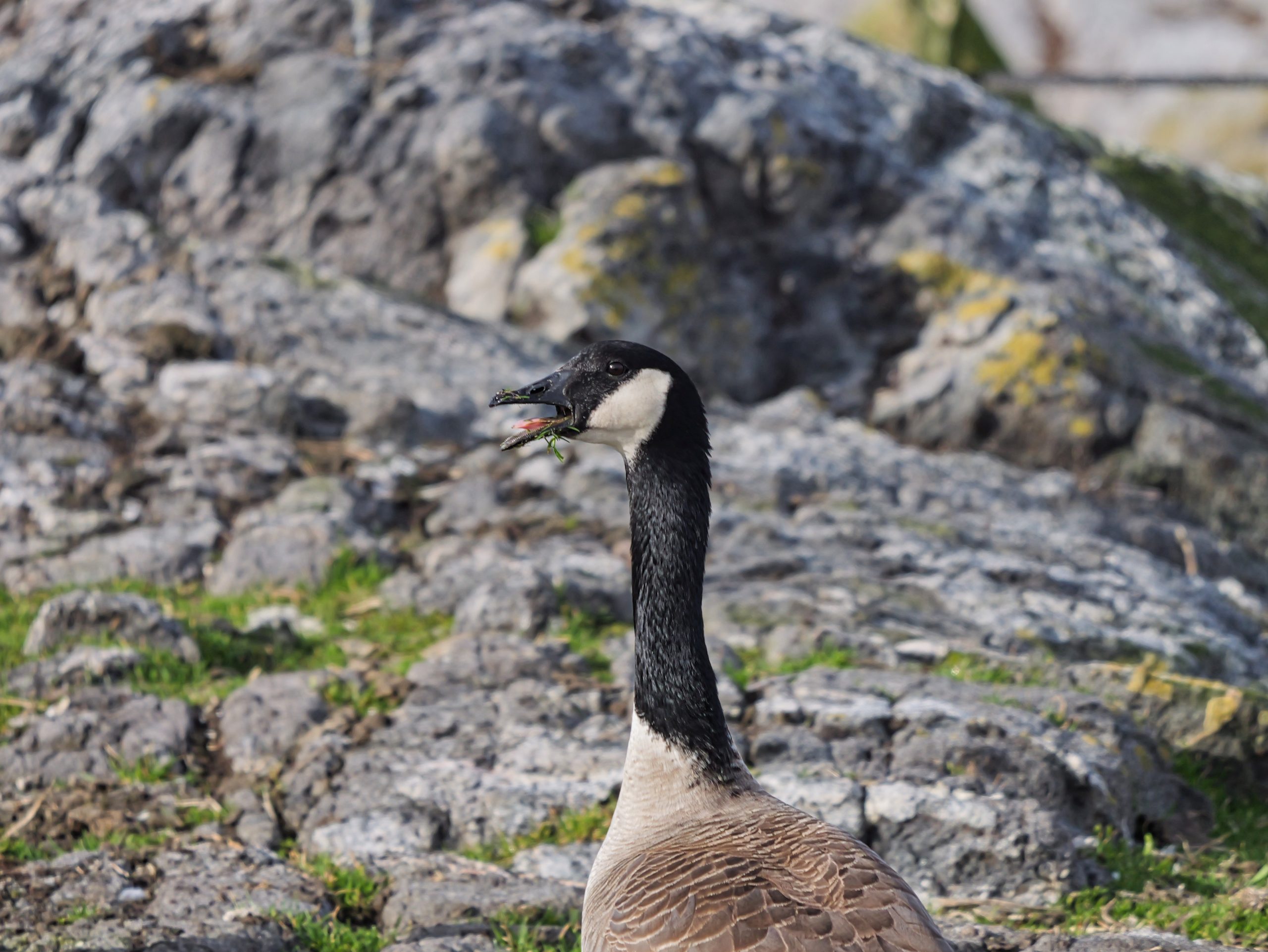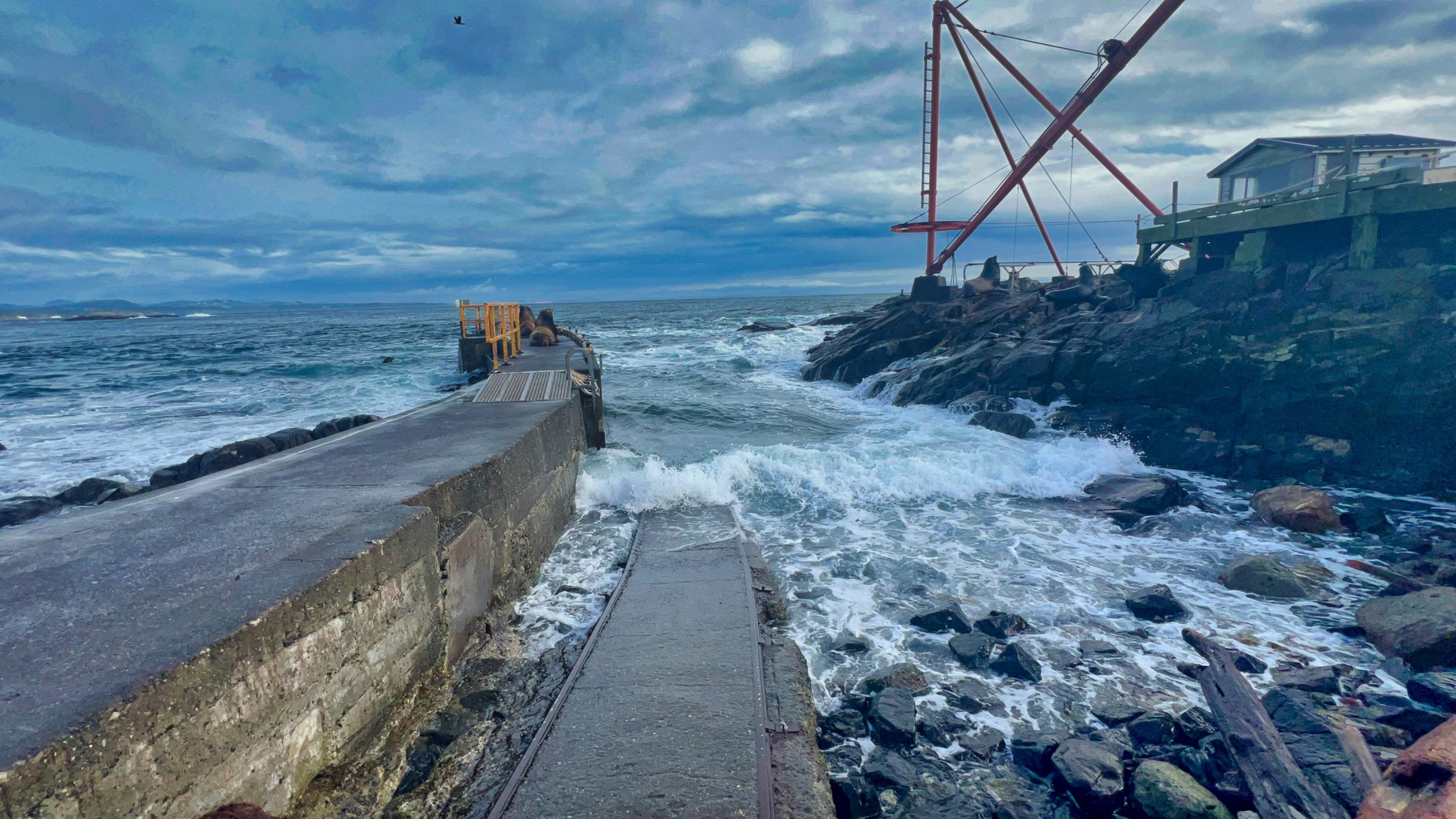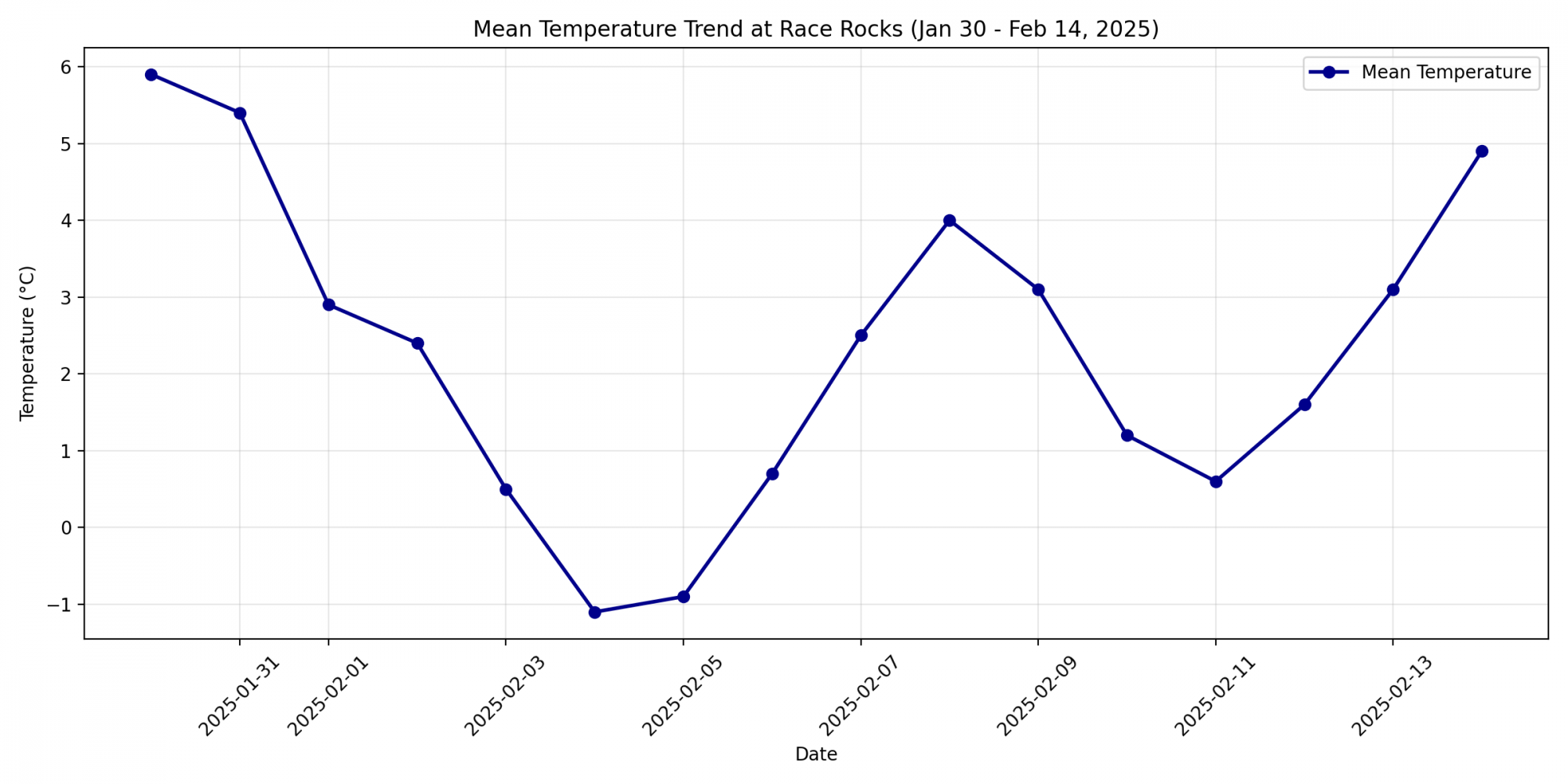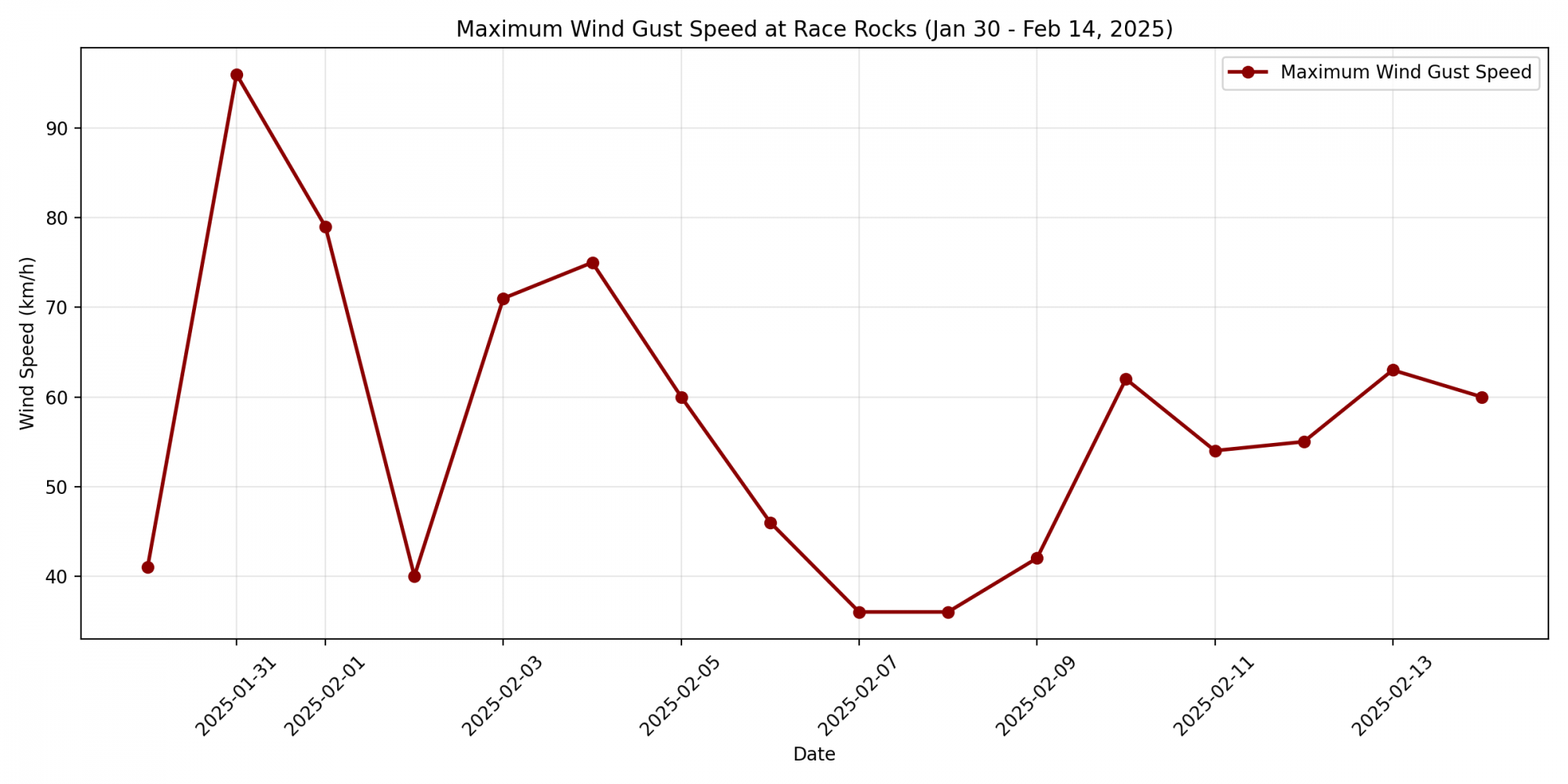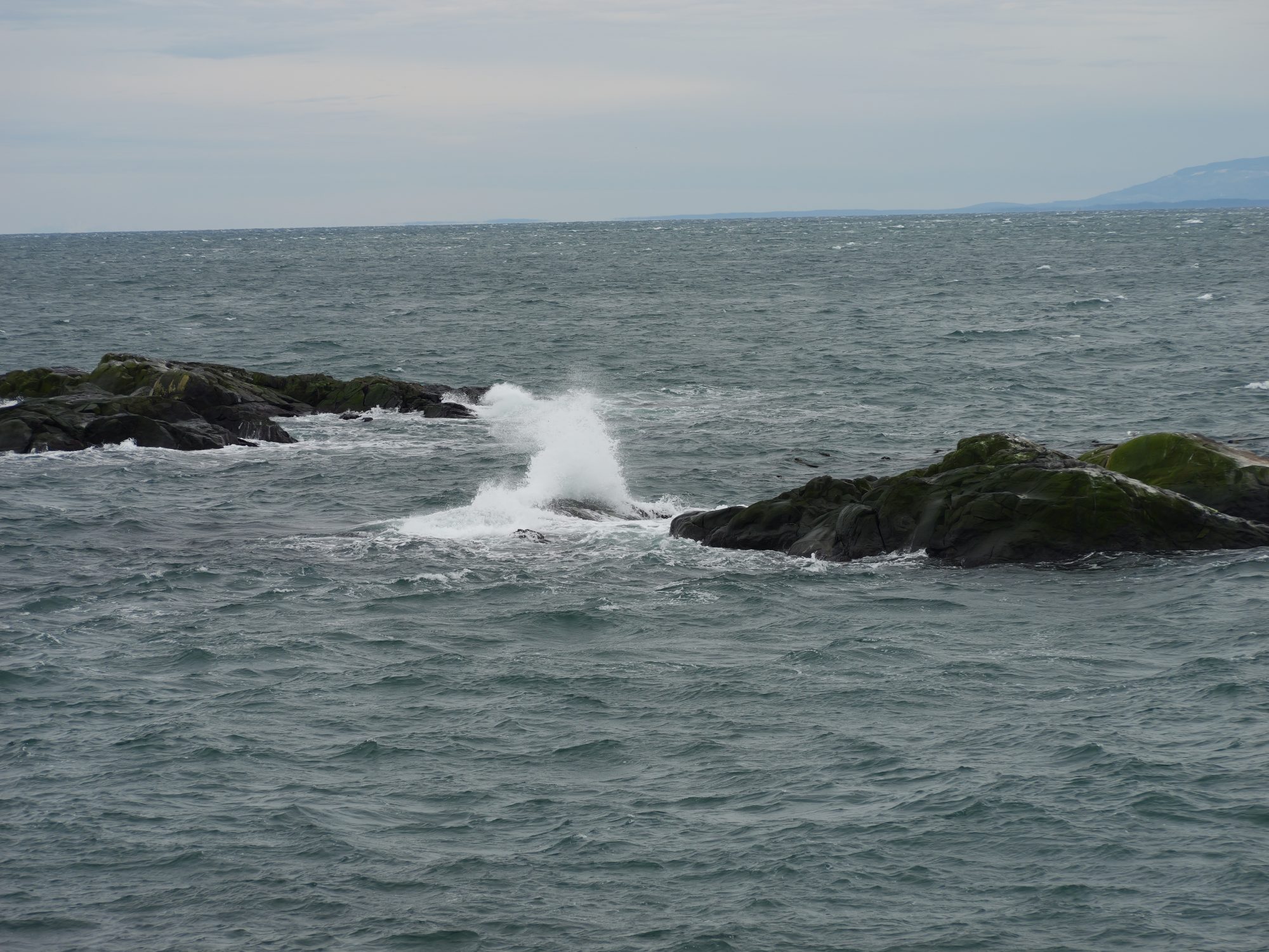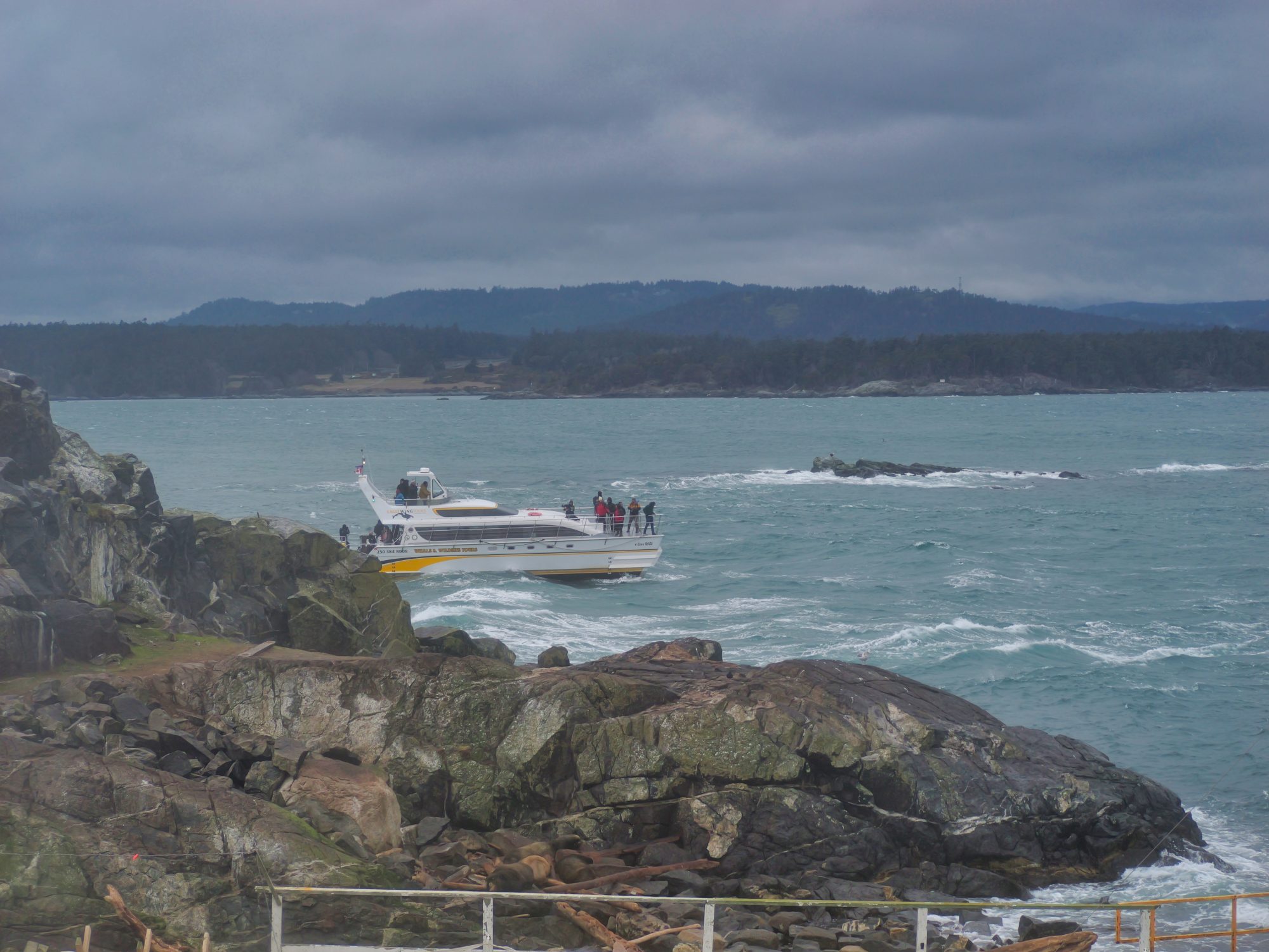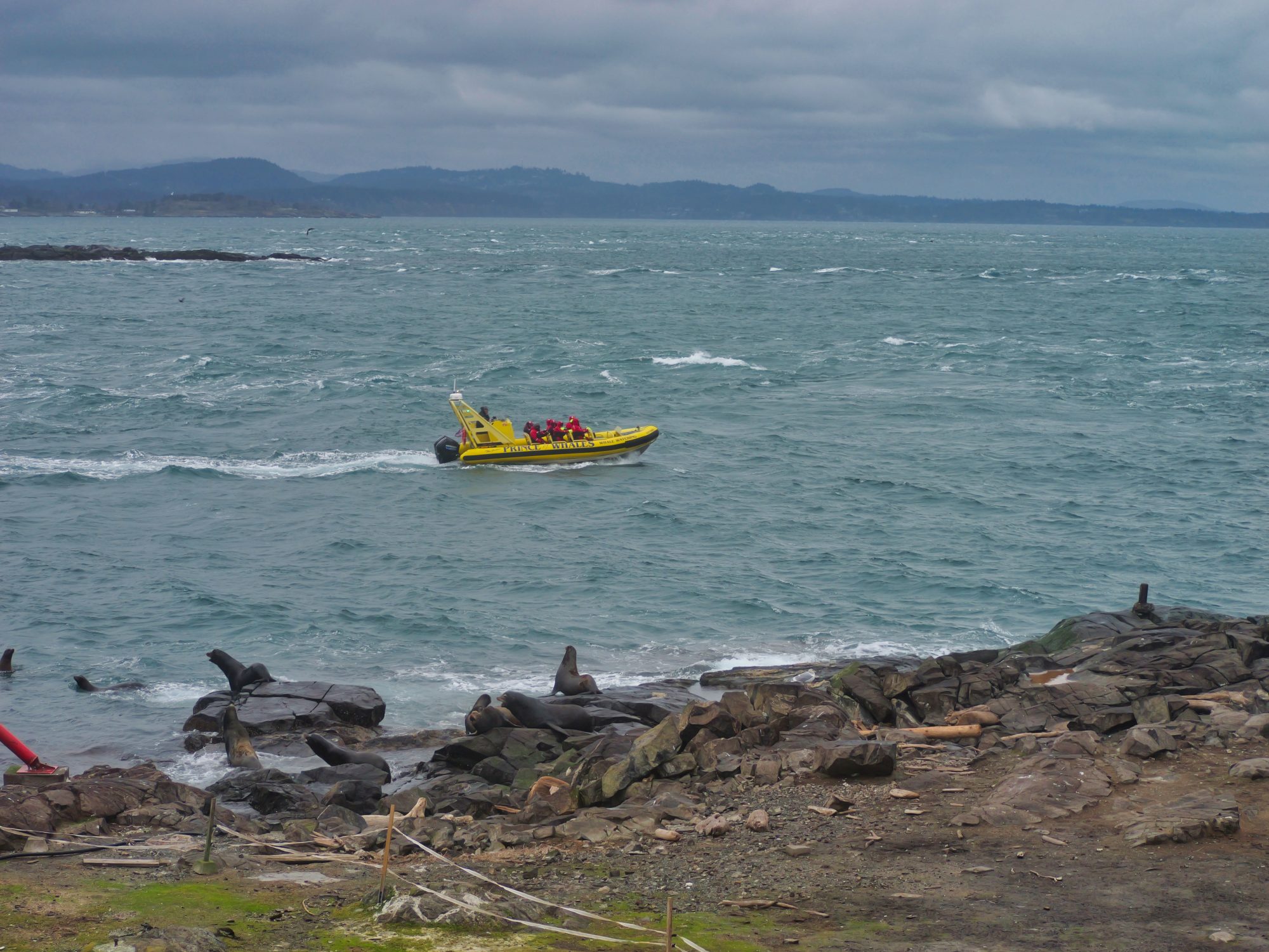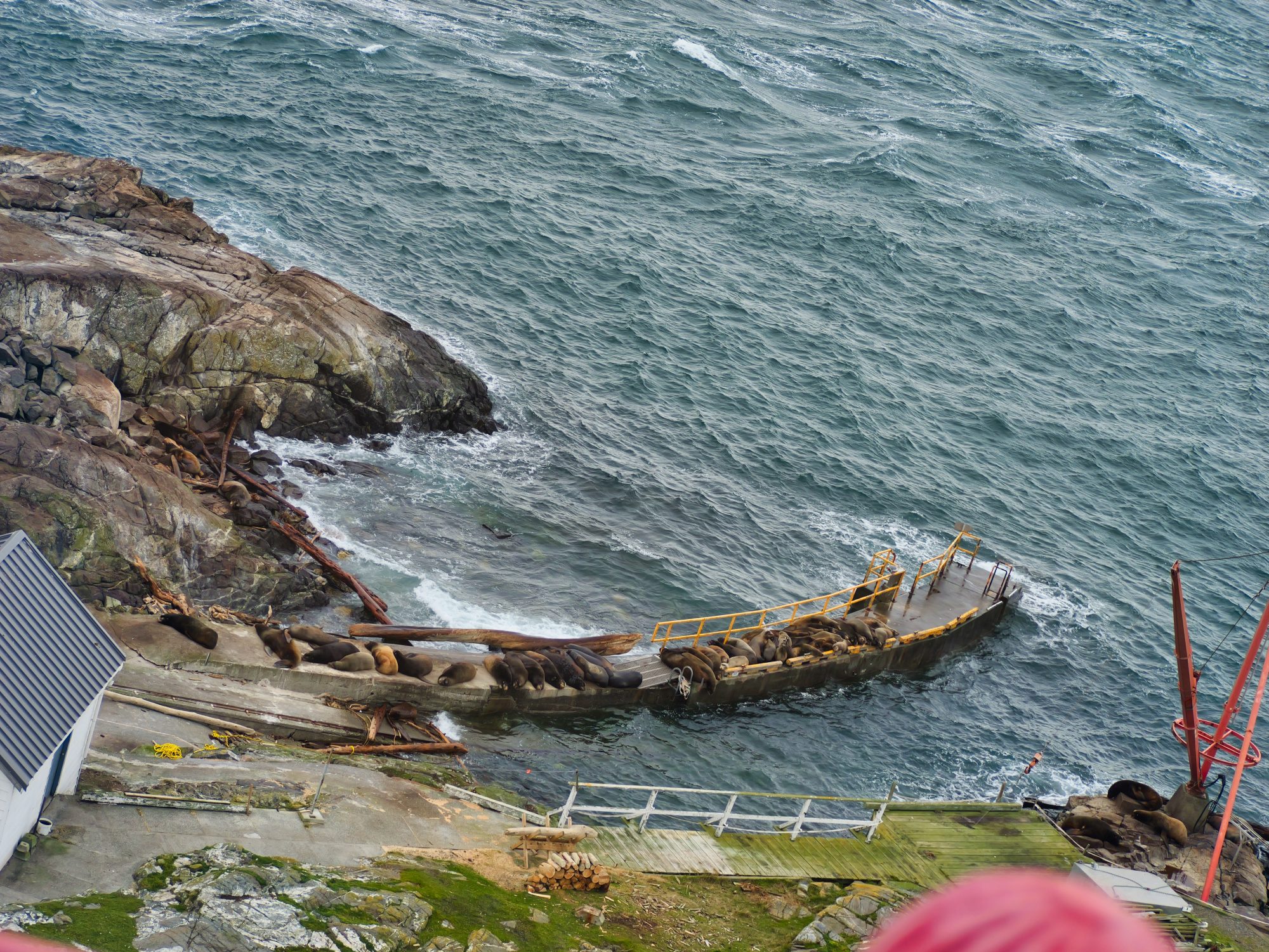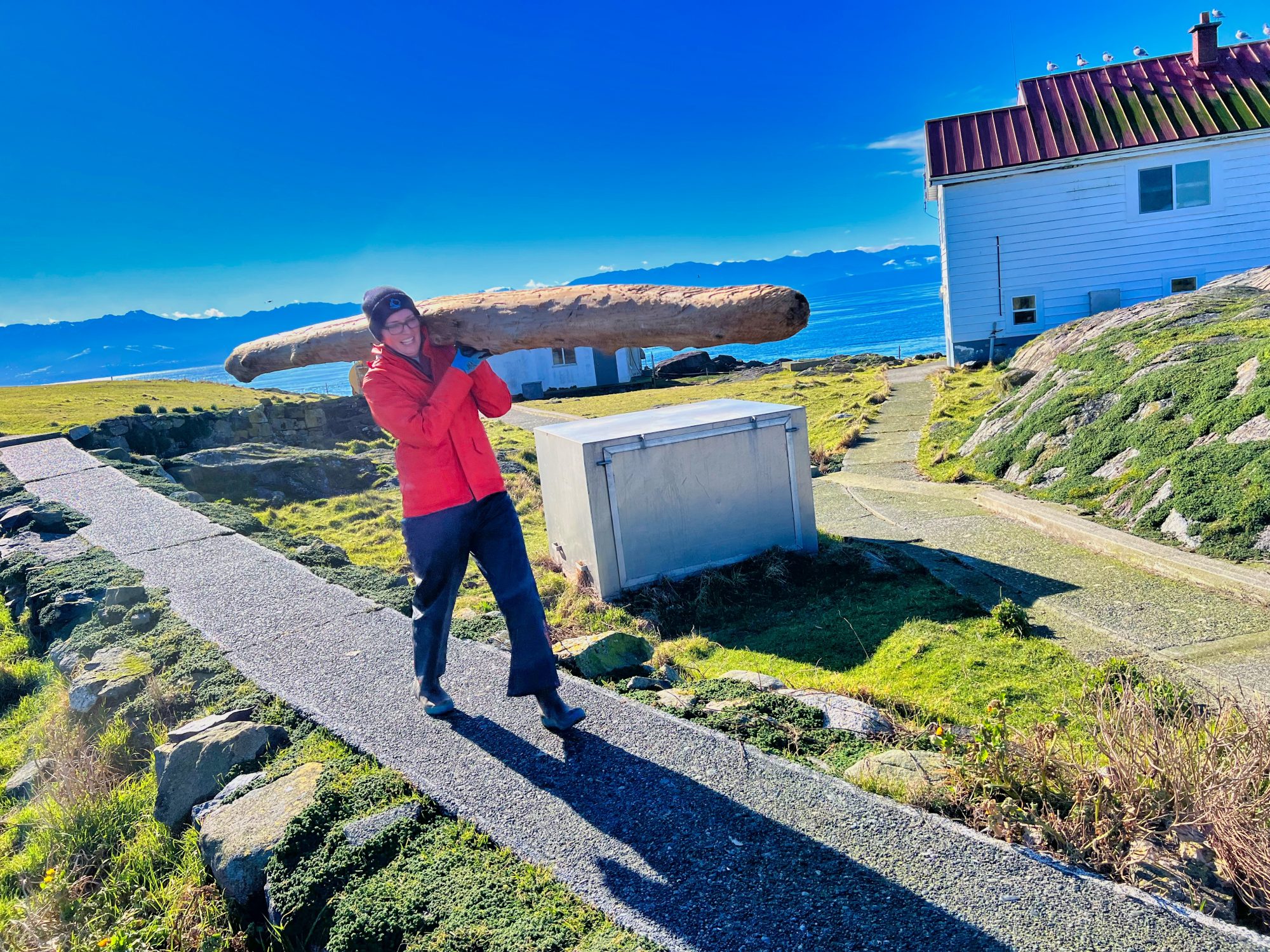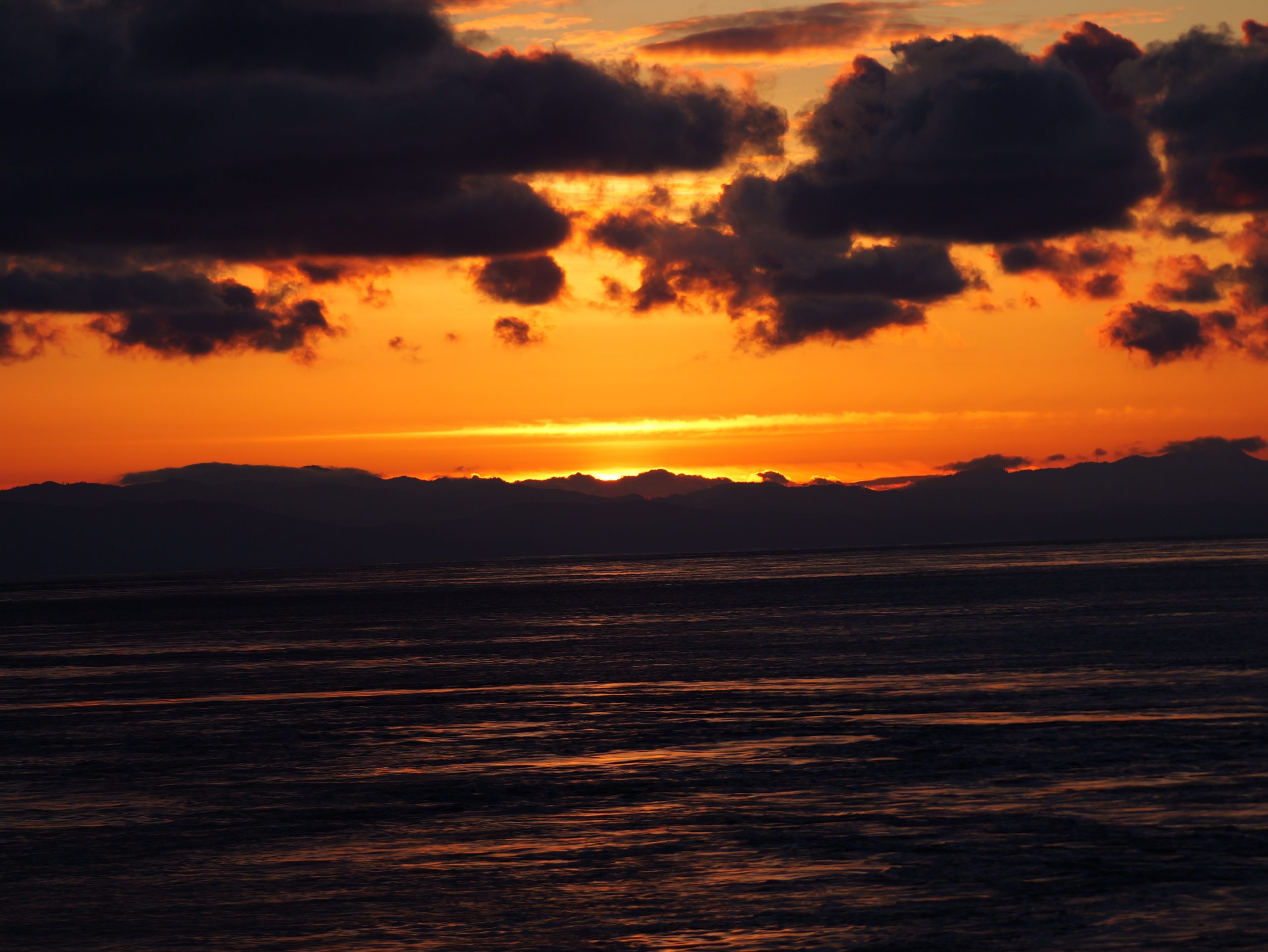BOOM! With the nice weather improving, a huge cohort of Steller Sea Lions showed up, and took over South Islands. This is a change from the typical South Seal Rocks haul-out next to the generator shed. I’ve attached a Reserve Map for those interested.
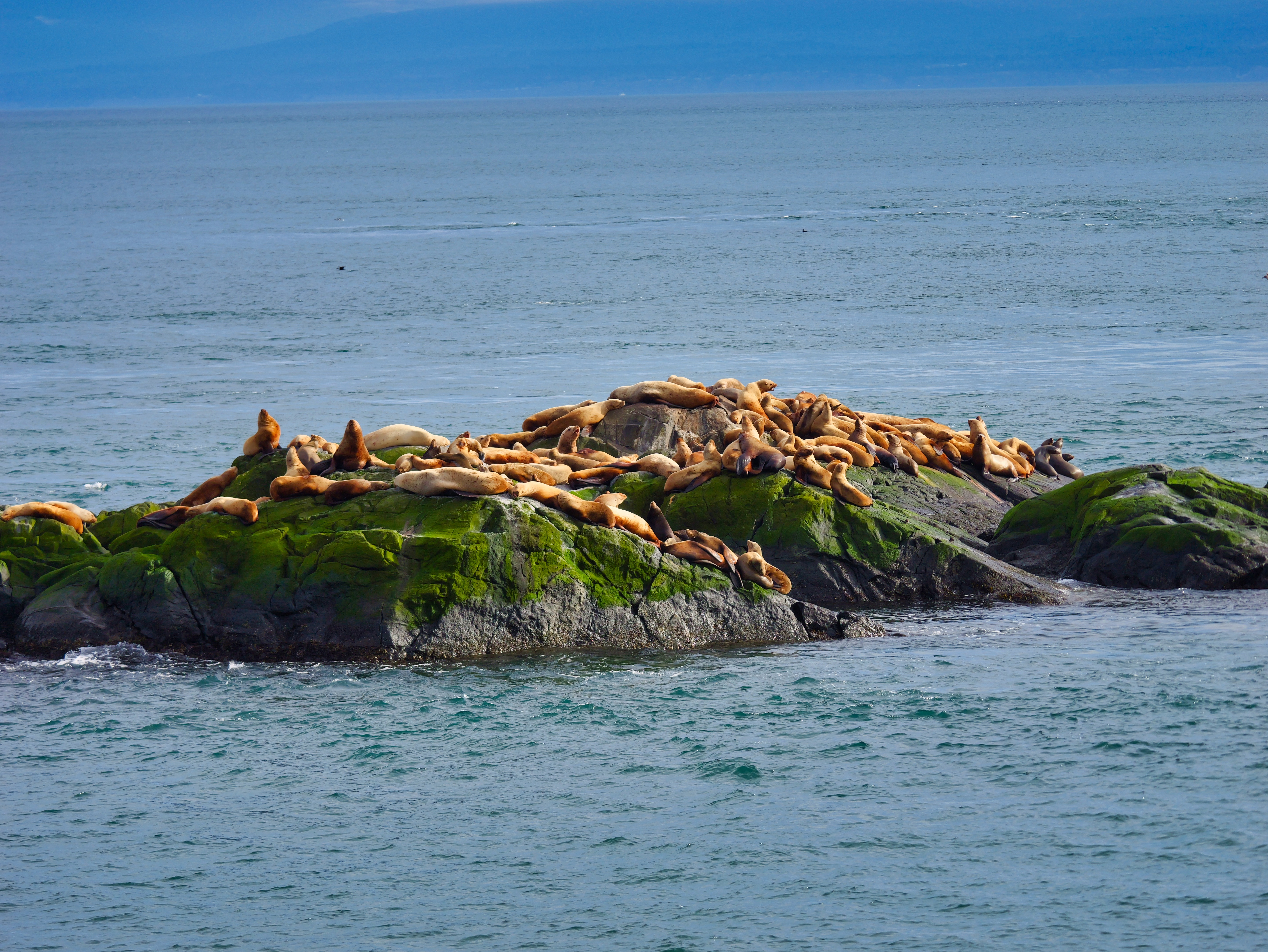
South Islands got COVERED in Steller Sea Lions this week.
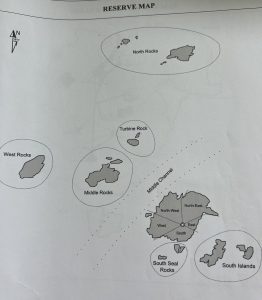
Race Rocks Reserve Map
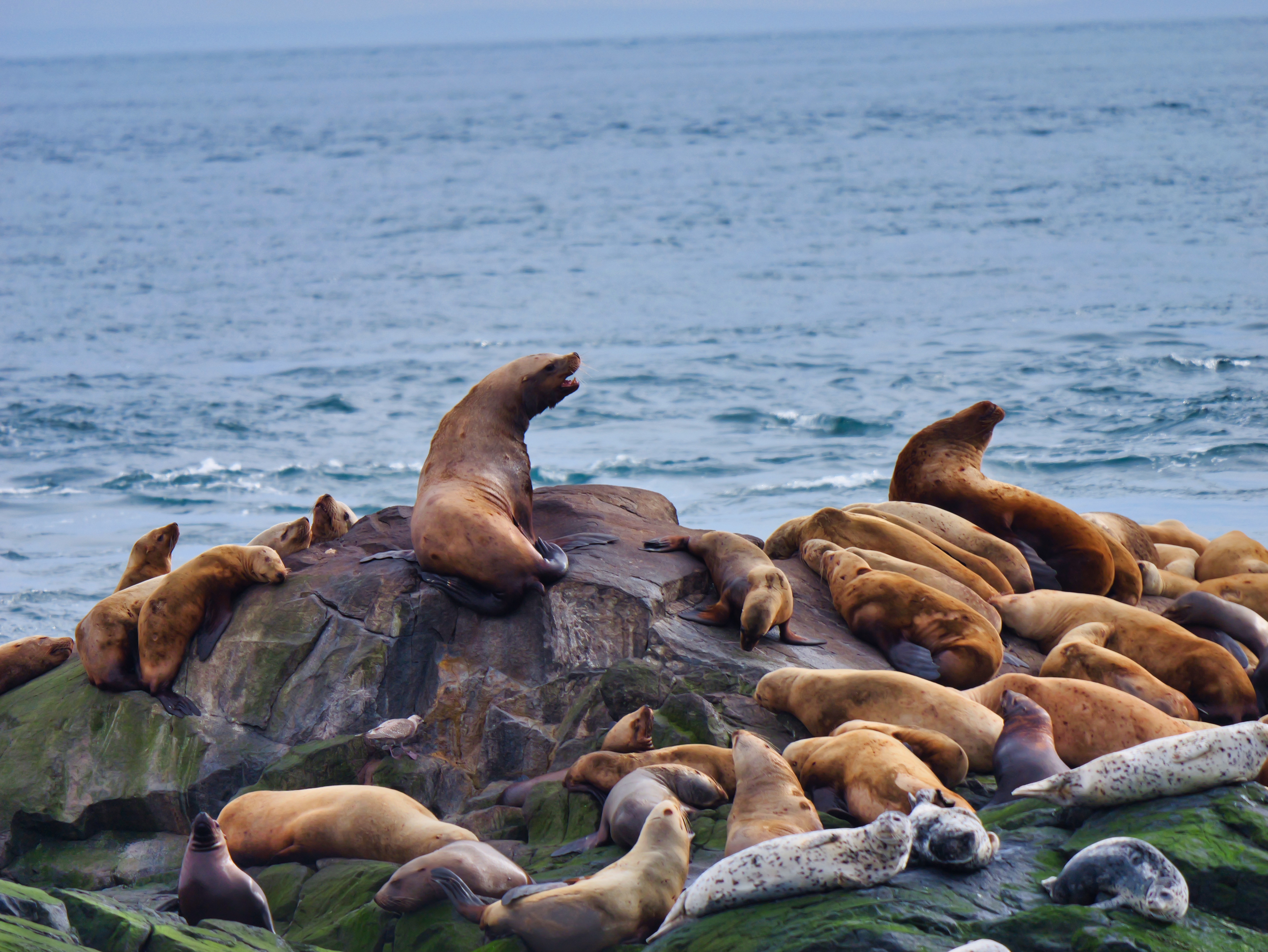
Bull Stellers had to figure out the pecking order for the summit.
Mammals:
- Stellar Sea lions: 250
- California Sea lion: 150
- Harbour Seal: 22
- Sea Otter: 1 (Ollie?)
Birds
- Gulls: 50
- Cormorants: 55
- Eagle: 4 Adult, 6 Juvenile
- Turnstones: 30
- Canada Geese: 7 – 3 breeding pairs
- Oystercatcher: 44
- Pigeon Guillemots: 73
- Harlequin Ducks: 4
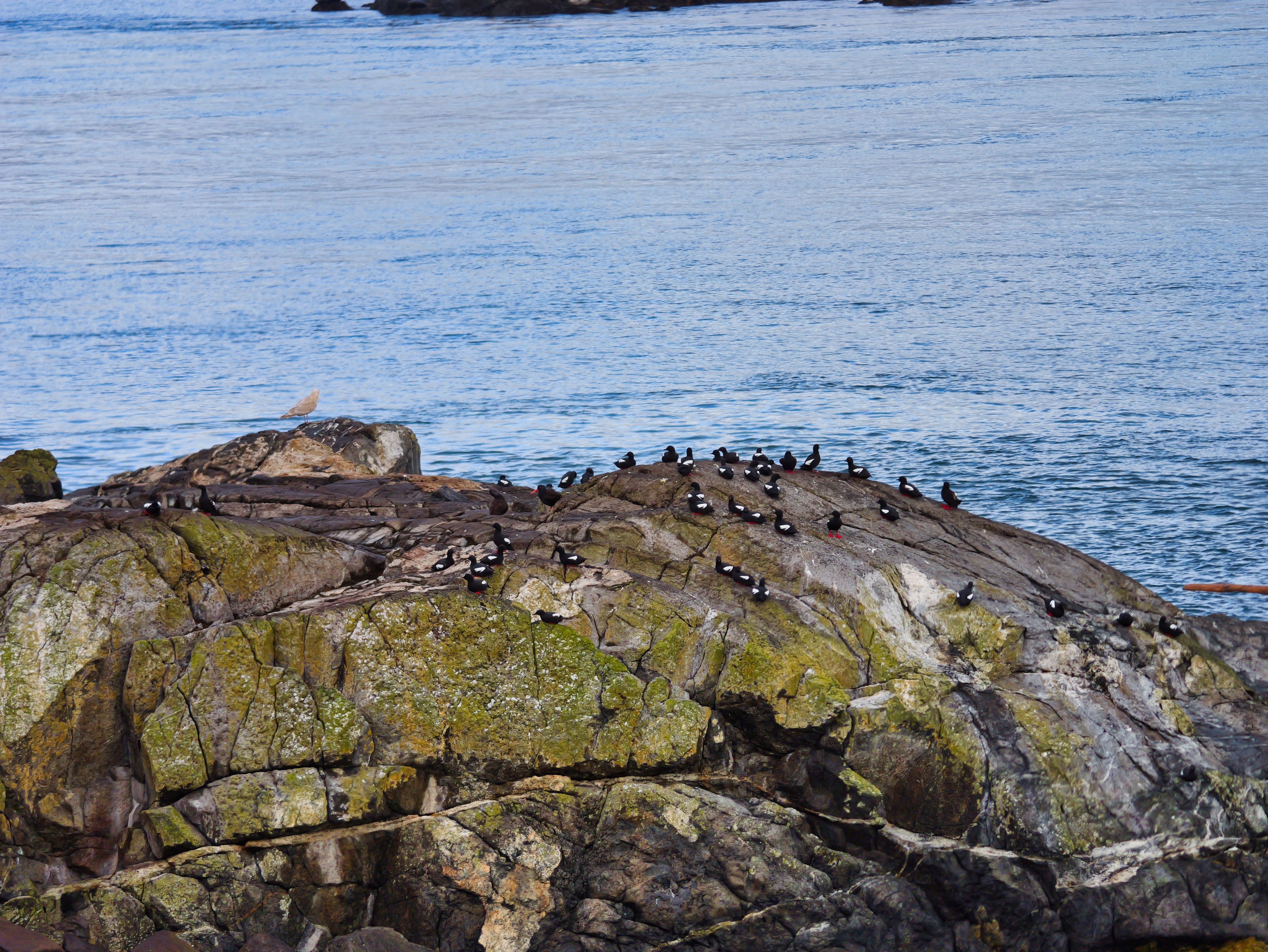
Pigeon Guillemots taking over the NW bluffs of Race Rocks.
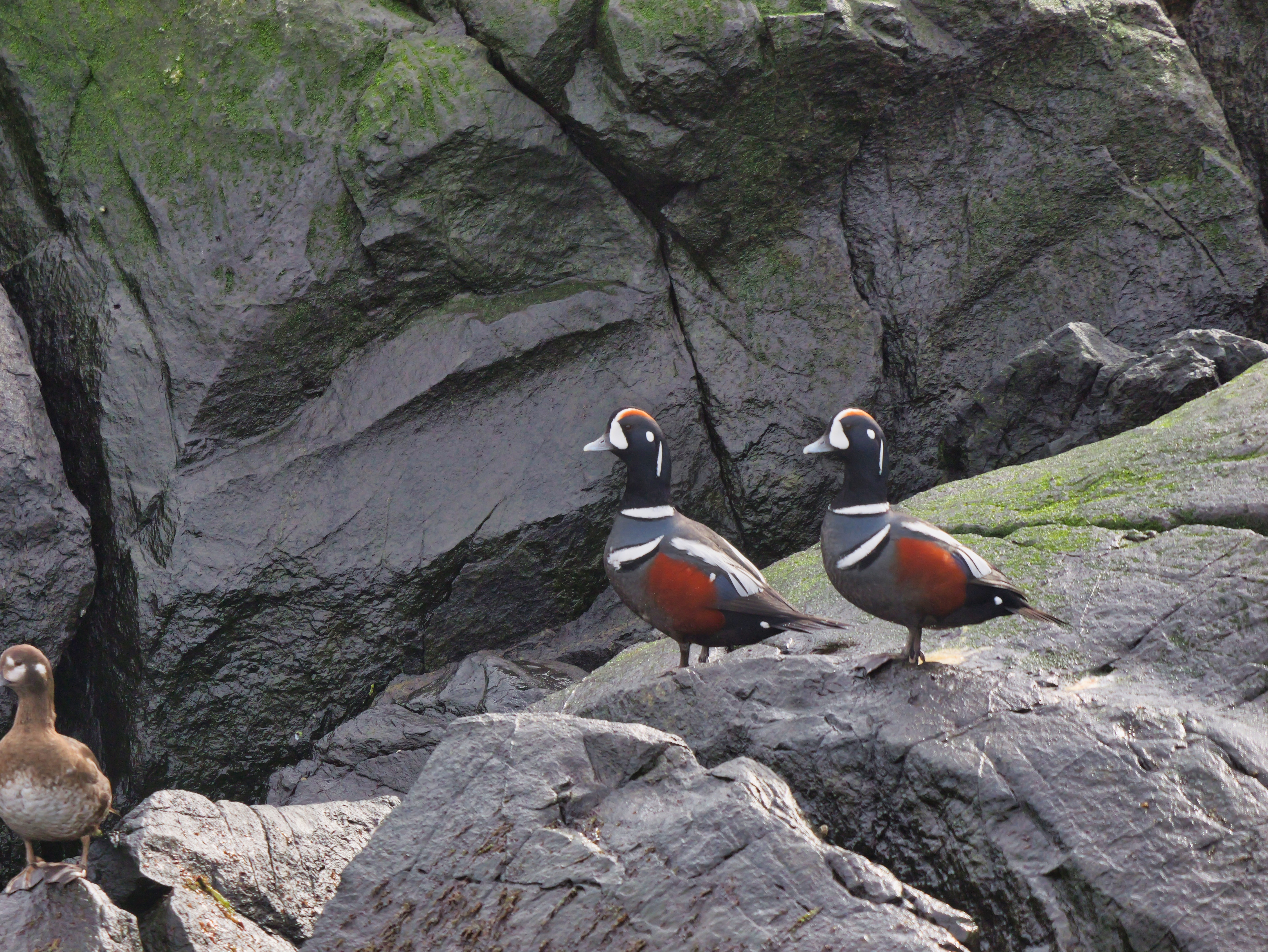
Harlequin Ducks on South Seal Rocks
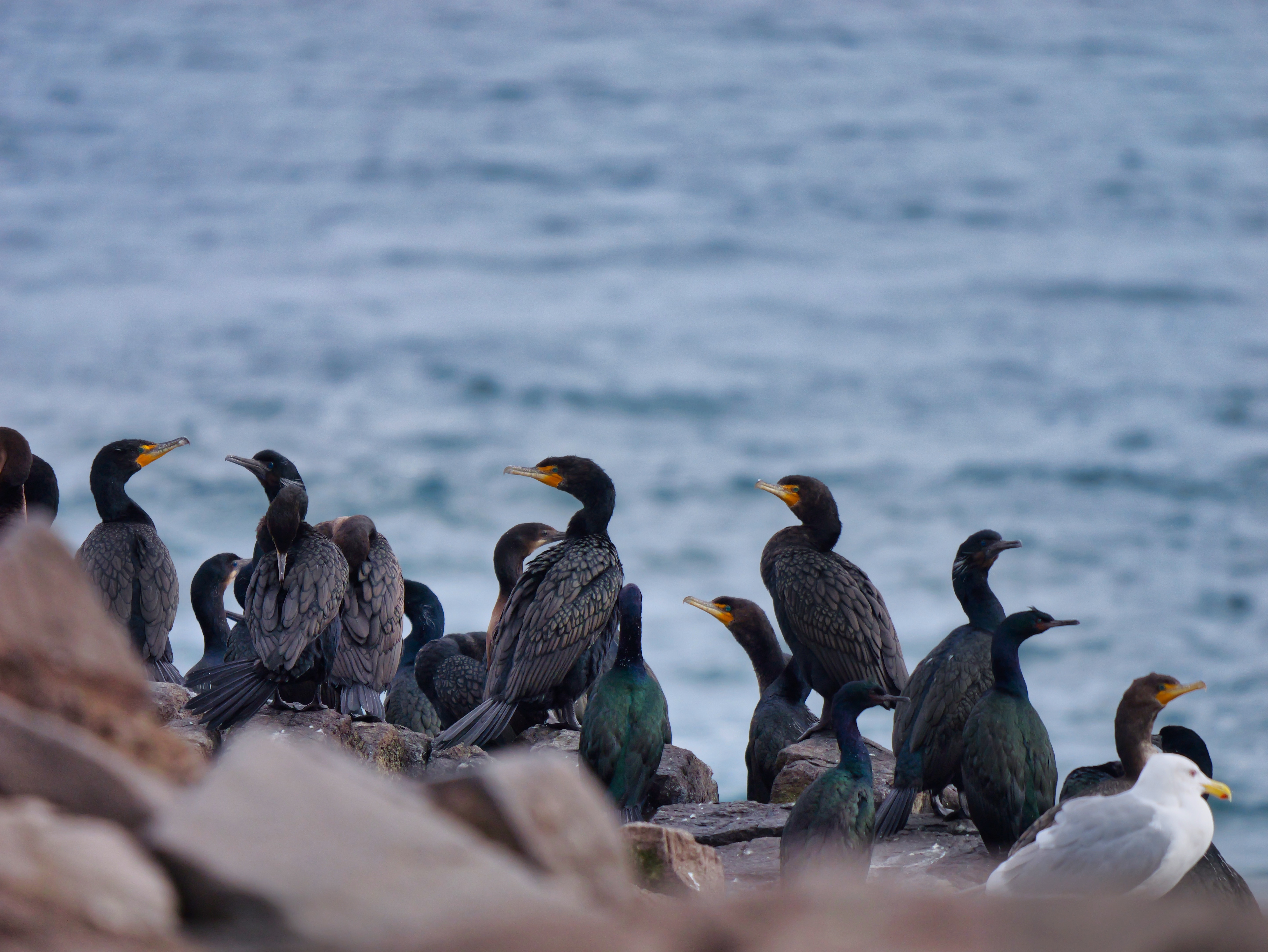
Double-crested Cormorant
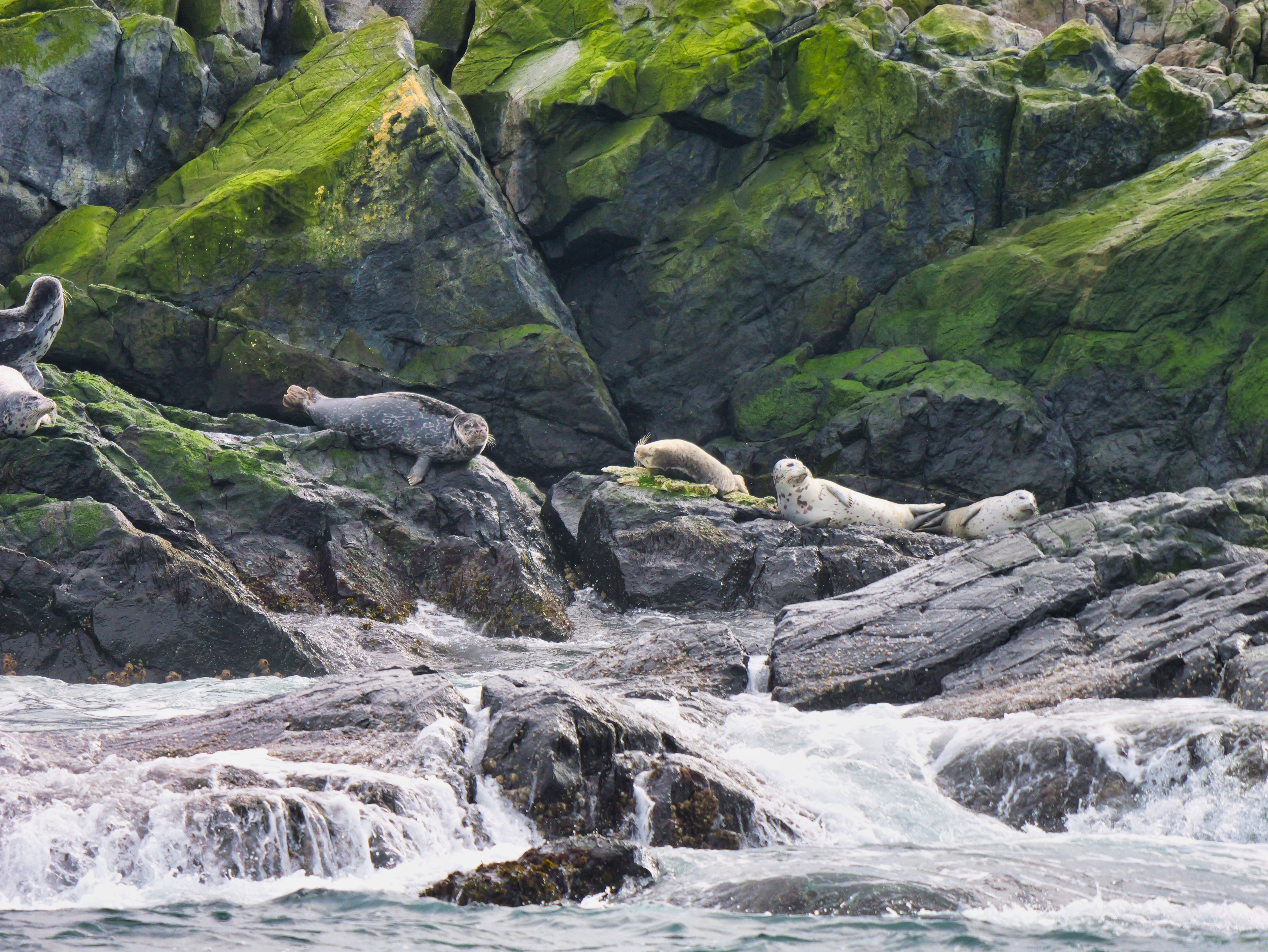
Harbour Seals love that low-low tide.

I was recently reminded that Trans-Mountain is now operational, and we’re seeing an increase in tanker traffic in the Juan-de Fuca Straight.
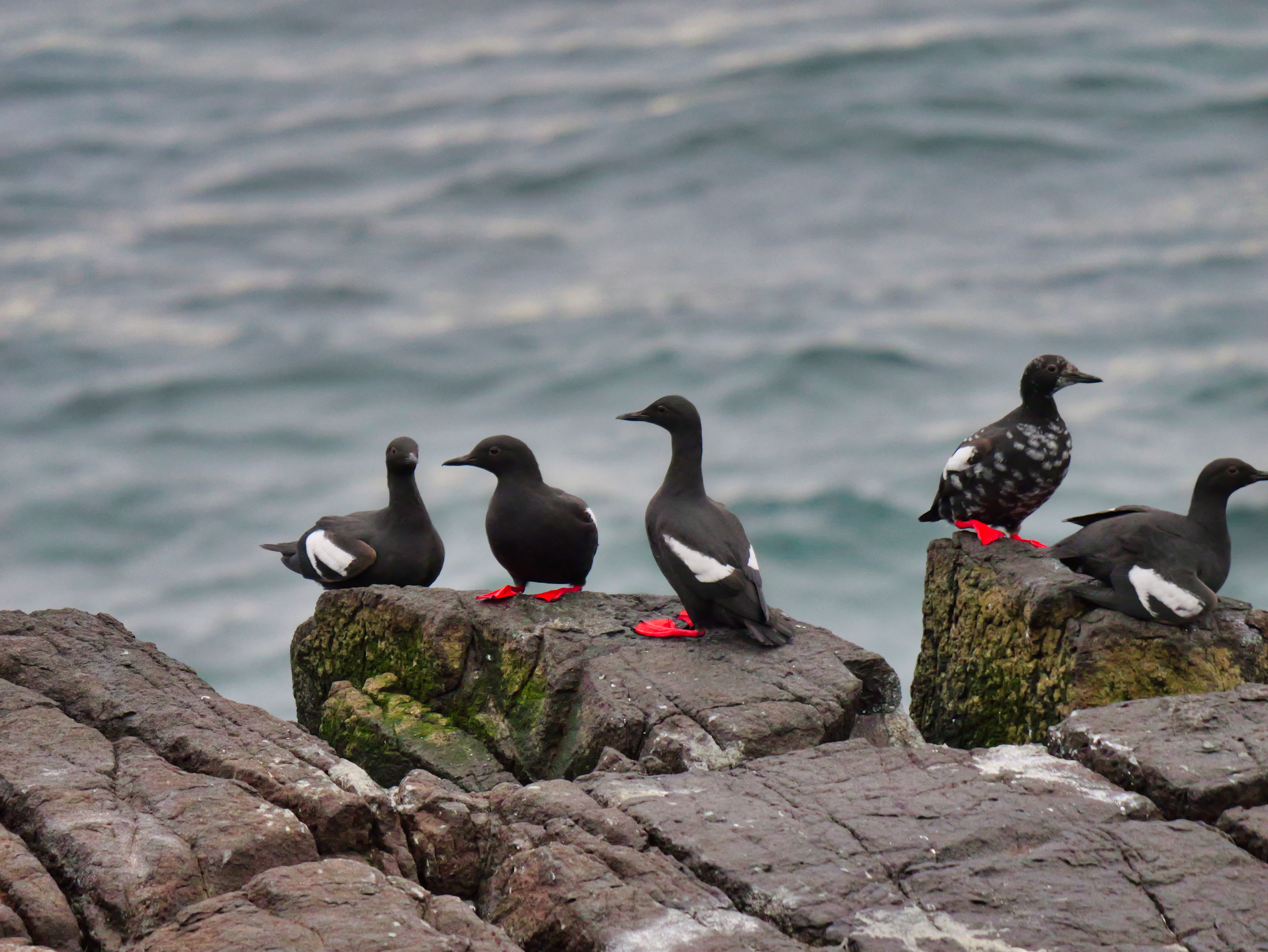
PIGU!!! On a good day the Pigeon Guillemots can almost drown out the sea lion barking.
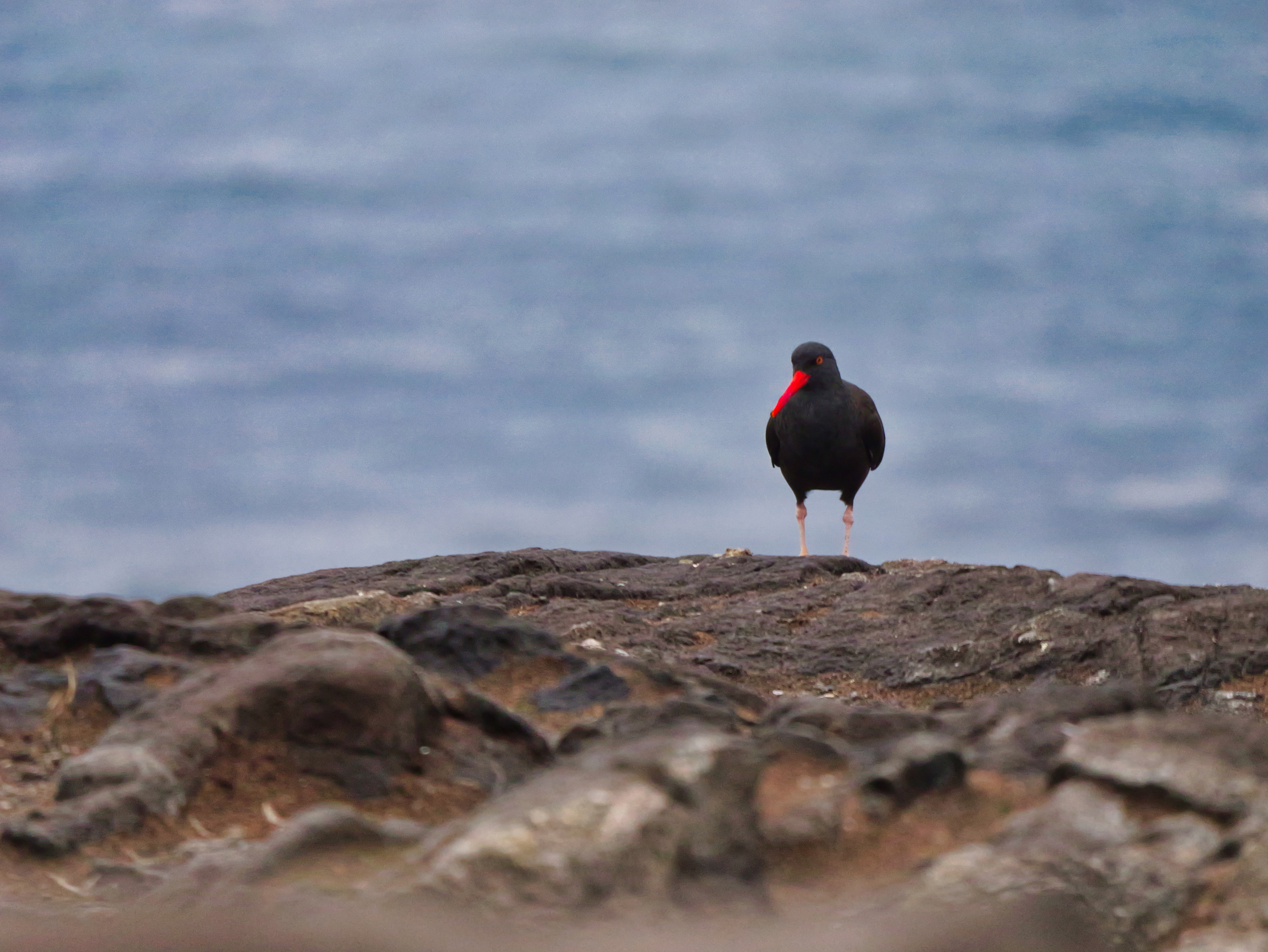
Black Oystercatchers are used as an indicator of good coastal ecosystem health.

Probably Ollie, lurking on the edge of South Islands for a few days.
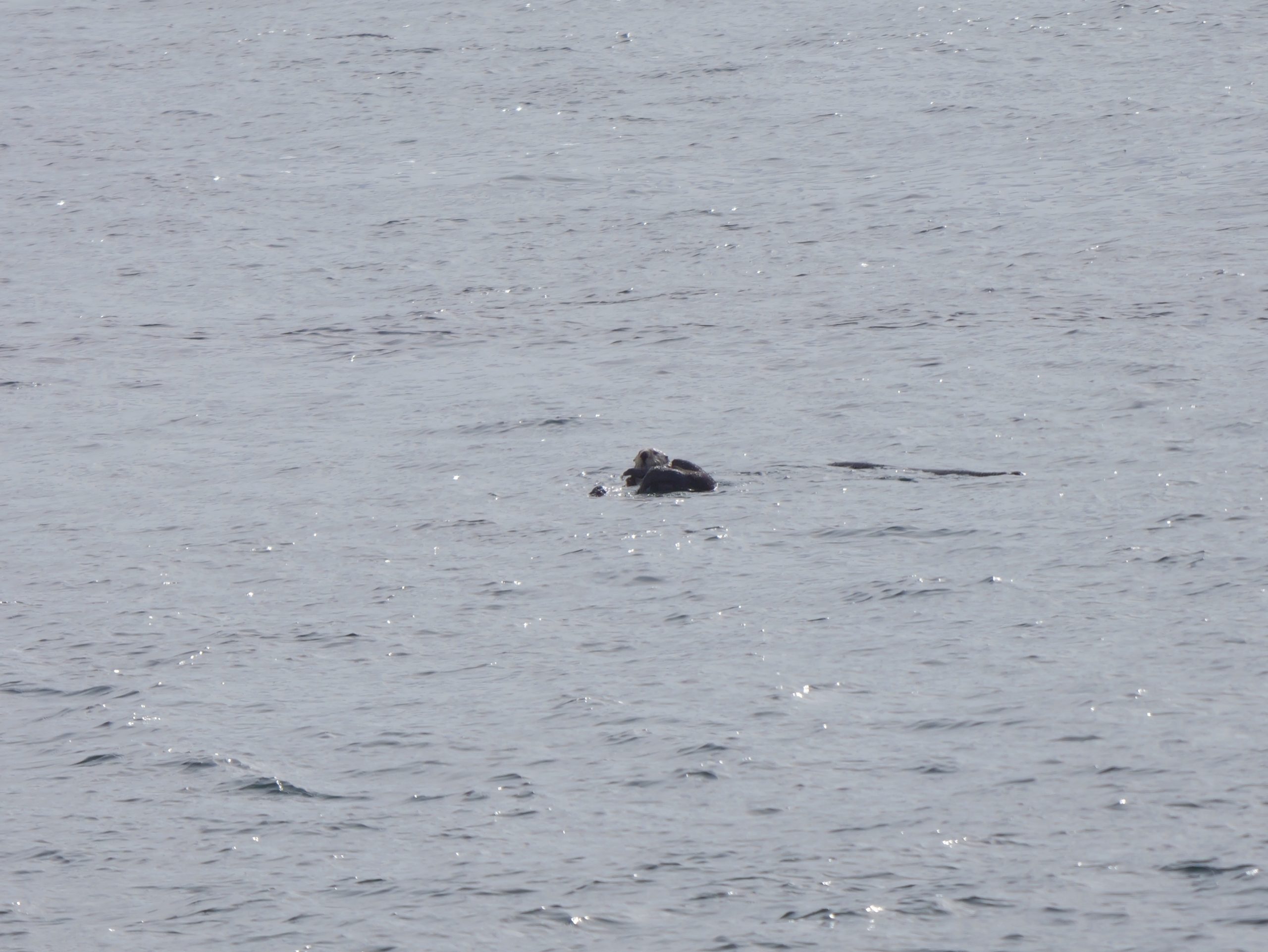
I was trying to decide if Ollie was carrying around an old River Otter again. Your guess is as good as mine here.
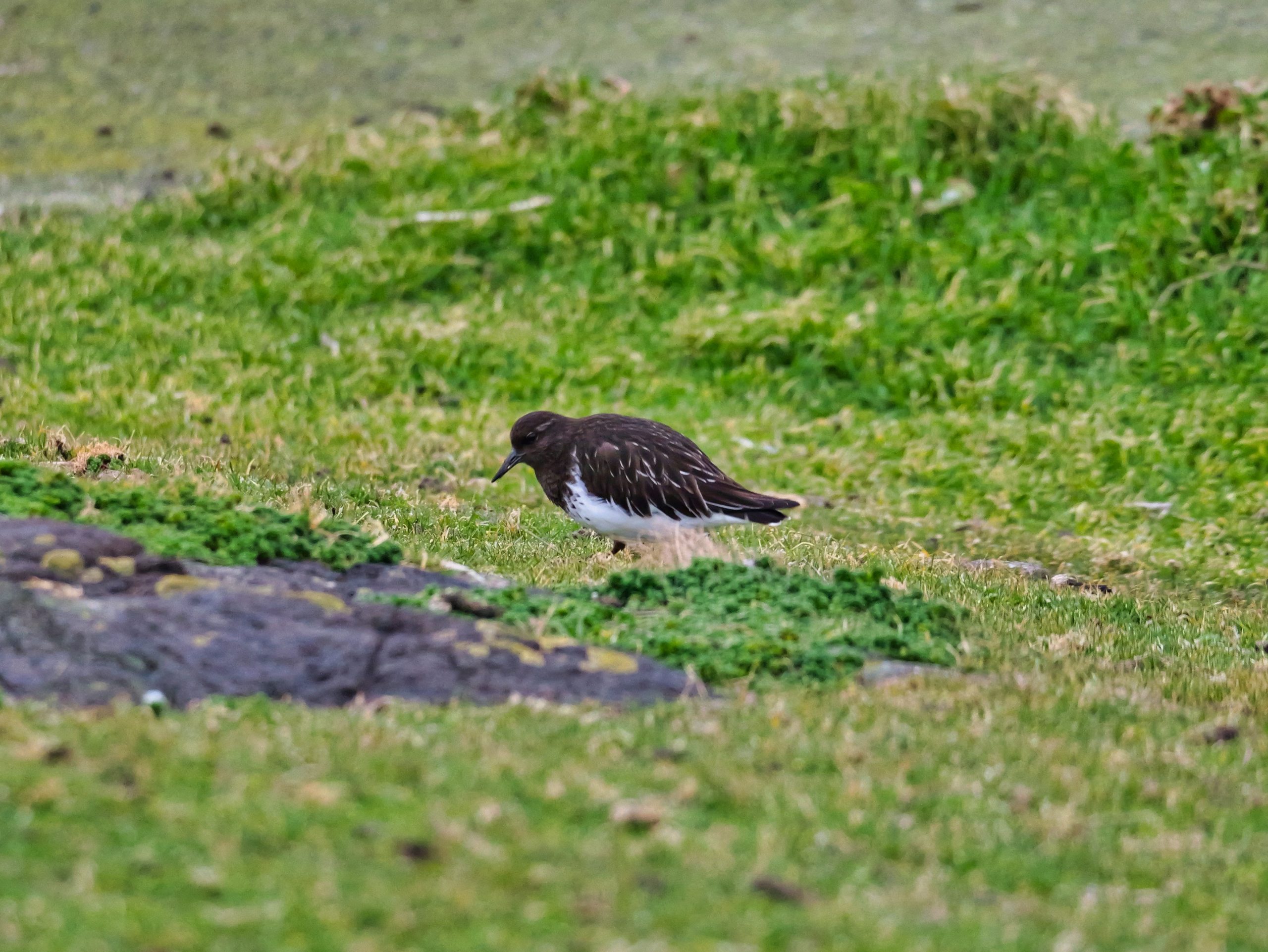
Black Turnstone love foraging around the edges of the footpath and outcropping rocks.
